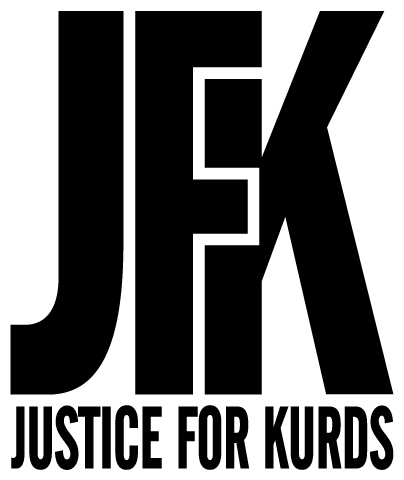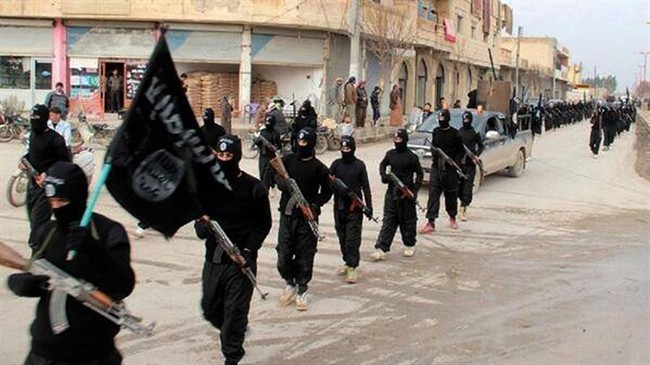WASHINGTON DC (Kurdistan 24) – “The Islamic State remains flush with cash despite setbacks in the past year, holding financial reserves and a range of revenue streams that US and Western security officials warn could pay for a dangerous resurgence,” The Wall Street Journal reported last week.
“The underlying conditions that allowed for the rise of ISIS remain,” Gen. Frank McKenzie, US CENTCOM (Central Command) Commander, told the Journal. “They continue to aspire to regain control of physical terrain. Without sustained pressure, they have the potential to do so in a relatively short period of time.”
That is much the same as the view of the Kurdistan Regional Government, which, for some time, has warned about the danger of ISIS’ resurgence and did so, once again, when the Deputy Commander of the anti-ISIS Coalition visited Erbil on Tuesday.
Understanding ISIS
The highly-regarded German news magazine, Der Spiegel, provided the most authoritative account of ISIS and its founding in a report based on captured ISIS documents and entitled, “Secret Files Reveal the Structure of Islamic State.”
At the core of ISIS, it explained, are elements from the former Iraqi regime. The terrorist group was founded in 2012 by an Iraqi, an ex-colonel in Saddam Hussein’s military intelligence, in Syria, as the civil war there began. It then moved across the border into Iraq.
Now, ISIS has expanded beyond its original base in Iraq and Syria, with what the Journal called “affiliates” in Pakistan and Afghanistan.
ISIS’ Financial Resources
The US Treasury Department estimates that ISIS commands some $300 million. The United Nations estimate is less, although still a considerable sum: around $100 million.
Among ISIS’ revenue sources are investments. Documents captured by the Coalition after ISIS’ territorial defeat reveal that it “had been investing hundreds of millions of dollars into legitimate businesses, including hotels and other real estate,” the Journal said.
An important ISIS’ ally in Pakistan’s Khyber Agency, Lashkar-e-Islam, is heavily involved in tobacco smuggling, earning “several million dollars a year.”
In addition, “a network of people and businesses hailing from the Iraqi border town of Rawa,” near Syria, contribute to financing ISIS’ activities. The al-Rawi network has its origins in the 1990s, when it helped Saddam’s regime evade the tough sanctions that followed the 1991 Gulf War.
The network, also known as “Selselat al-Thahab,” or the Golden Chain, moves money out of areas in Eastern Syria once controlled by ISIS “to Dubai and through Turkey,” the Journal explained. The US sanctioned members of the network last April, and the UN is now considering sanctioning them as well.
ISIS has also exploited the coronavirus pandemic, as an ISIS “financial facilitator in Turkey sold face masks and other personal protective equipment through online sites set up in February,” the Journal said.
In addition, the al-Hol camp in Syria, which houses some 70,000 wives of Islamic State fighters and their children, is a major problem. The Syrian Democratic Forces (SDF), the Coalition’s main partner against ISIS in Syria, maintain the camp. They have repeatedly asked that something be done with those prisoners: there could be international trials or the countries of which they are citizens could take them back and deal with them according to national laws.
But little is done. Among European supporters of ISIS, “It’s now fashionable to have a wife from al-Hol,” Vera Mironova, a counterterrorism expert at the Middle East Institute, told the Journal.
“Costs of exfiltration range from $10,000 to $35,000,” and “from al-Hol, many go to Idlib, where key Islamic State leaders are based.”
ISIS also gains money by kidnapping individuals and charging tens of thousands of dollars in ransom. It could cost as much as $70,000 to gain the release of the owner of a farm, abducted by ISIS, the Journal reported.
Editing by John J. Catherine

